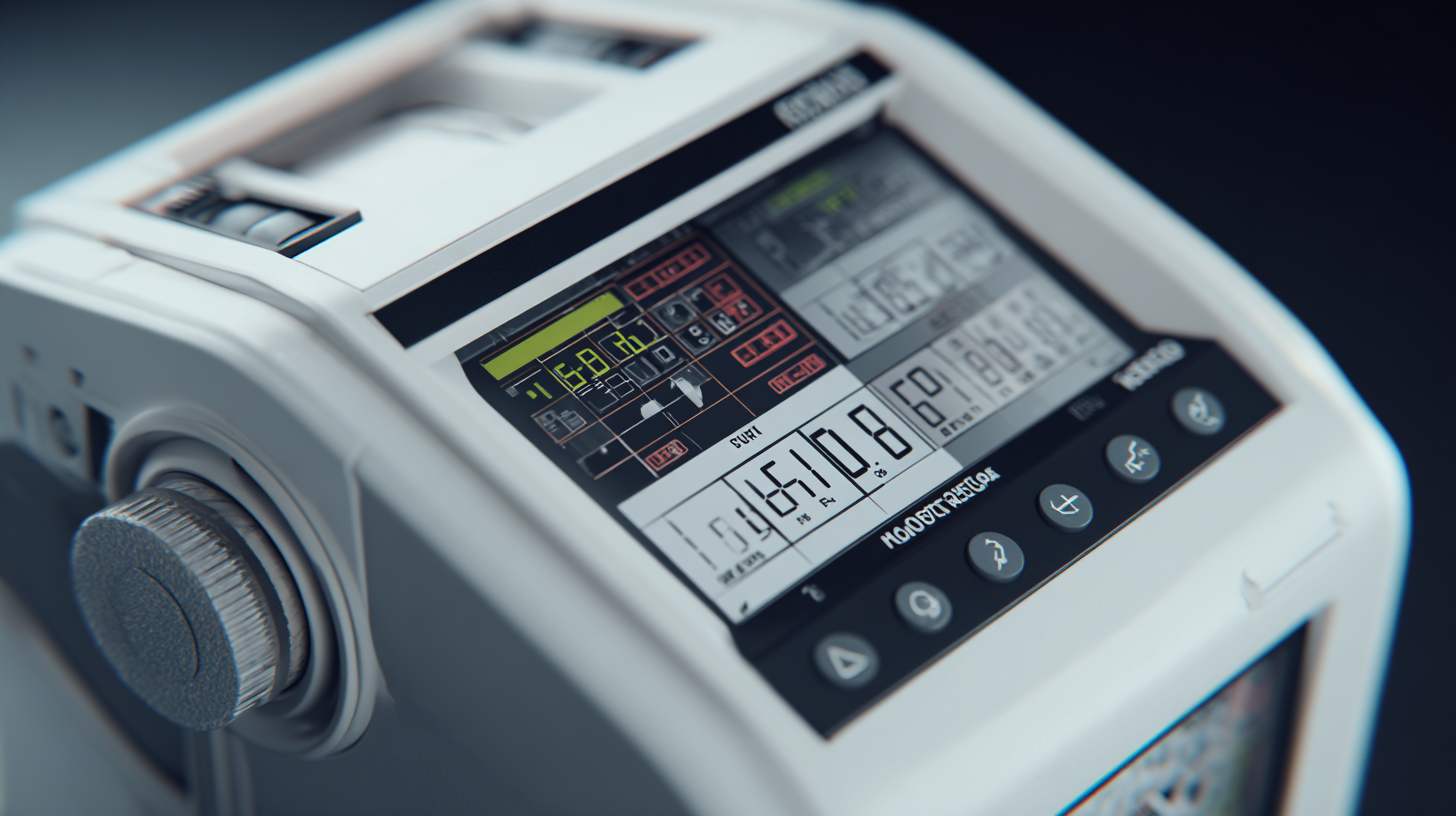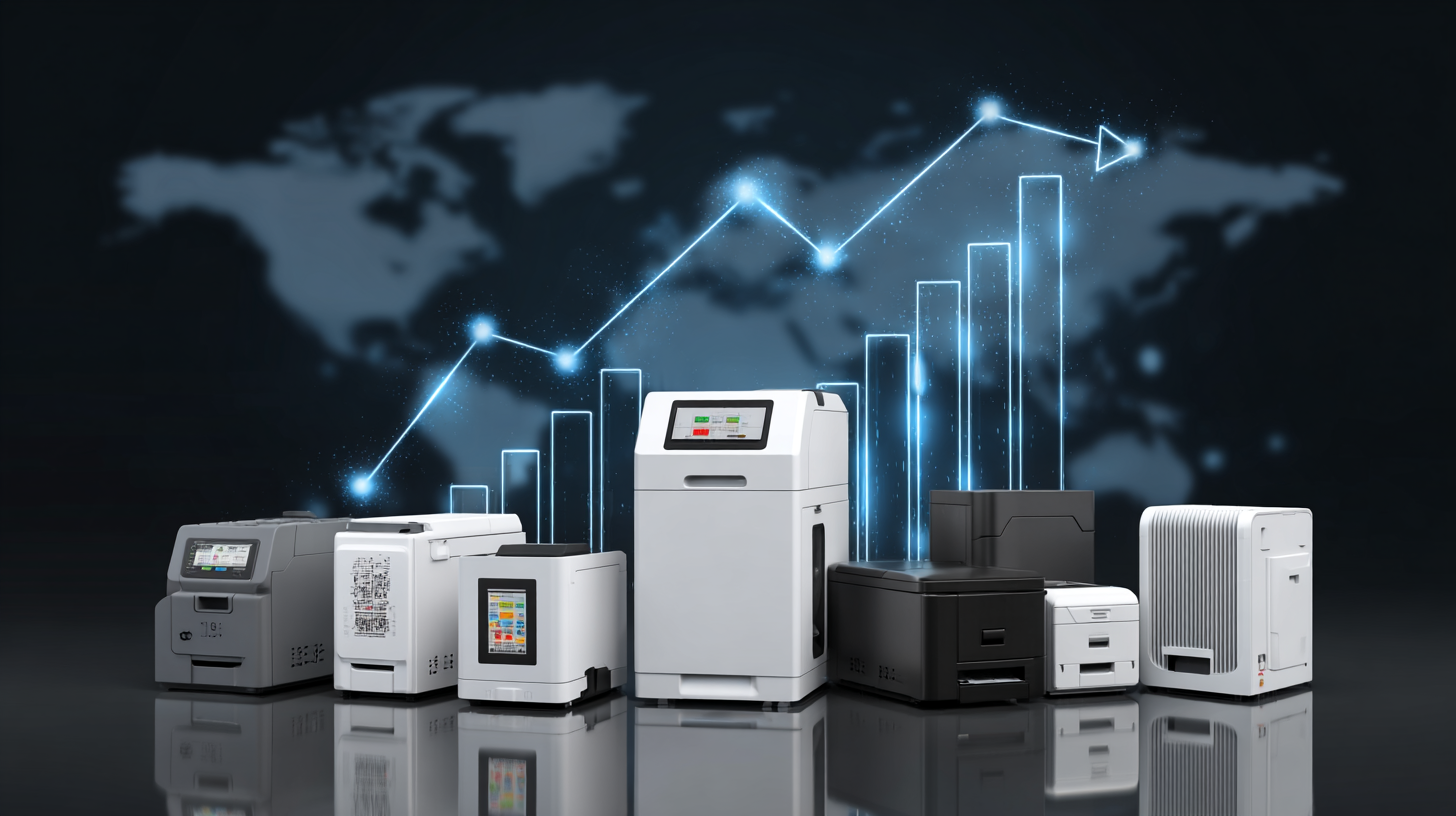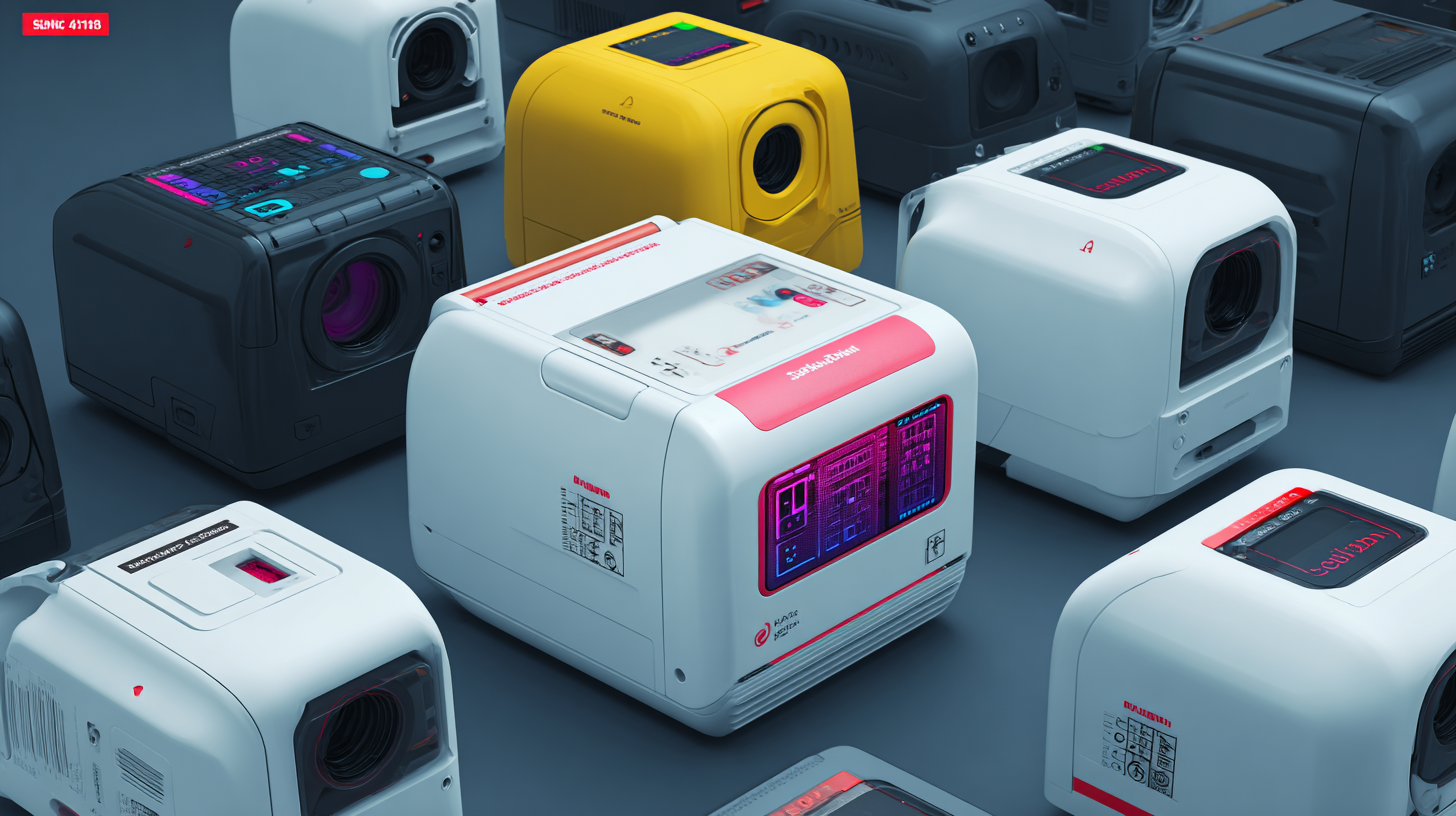As we look towards 2025, the thermal printer market is poised for significant growth, driven by advances in technology and an increasing demand for efficient printing solutions across various industries. According to a recent report by ResearchAndMarkets.com, the global thermal printer market is expected to reach $5.2 billion by 2025, expanding at a CAGR of 4.8% during the forecast period. This growth is attributed to the rising utilization of thermal printers in sectors such as logistics, retail, and healthcare, where speed and reliability are paramount. Selecting a high-quality manufacturer will be crucial for businesses aiming to leverage the benefits of thermal printers, as it directly impacts the durability, performance, and overall cost-effectiveness of the printing solutions they choose. In this blog, we will explore the key market trends shaping the thermal printer industry and provide solutions for selecting the right type and manufacturer to meet the evolving demands of the future.

As we look towards 2025, the thermal printer market is set to undergo significant transformations driven by emerging technologies. Innovations such as mobile printing solutions and cloud-based applications are reshaping how businesses manage their printing needs. The adoption of mobile thermal printers is enabling greater flexibility and efficiency, allowing users to print on-the-go, thus enhancing productivity in various sectors, from retail to logistics.

Furthermore, advancements in materials and eco-friendly solutions are making thermal printers more sustainable. The integration of biodegradable and recyclable thermal papers aligns with global initiatives toward sustainability, offering businesses an opportunity to reduce their environmental footprint. Additionally, innovations in connectivity, like IoT and wireless technologies, are enhancing the functionality of thermal printers. By incorporating smart sensors and connectivity features, these devices can provide real-time data, facilitating better inventory management and streamlined operations.
As these technologies mature, they will undoubtedly play a pivotal role in defining the capabilities and applications of thermal printers in the near future.
In recent years, the thermal printer market has witnessed significant transformations driven by evolving consumer preferences and technological advancements. According to a recent market research report from Smithers, the global thermal printer market is expected to reach $4.5 billion by 2025, with a compound annual growth rate (CAGR) of 6.2%. This growth is largely fueled by the increasing demand for efficient, high-quality printing solutions in various sectors, including retail, logistics, and healthcare. Consumers are increasingly favoring printers that offer speed, low maintenance costs, and eco-friendly features, reflecting a broader trend towards sustainability.
Moreover, advancements in thermal printing technology are reshaping consumer expectations. Innovative features such as wireless connectivity and mobile printing capabilities are becoming essential selling points. A survey conducted by IDC revealed that 58% of businesses prioritize wireless functionality when selecting a thermal printer. Additionally, the rising demand for customizable printing options, like barcode and label printing, is pushing manufacturers to innovate continuously. As companies strive to enhance user experience, the integration of smart technology and real-time data tracking in thermal printers will likely redefine market dynamics, setting a strong pace towards 2025.
This bar chart illustrates the projected growth of the global thermal printer market from 2019 to 2025. The market is expected to grow steadily, reaching approximately 7.3 billion USD by 2025, driven by technological advancements and increasing consumer preferences for efficient printing solutions.
The thermal printing industry is undergoing a significant transformation as sustainability becomes a central focus. Innovations in eco-friendly practices are emerging as crucial drivers for market growth. Manufacturers are now prioritizing the development of printers that minimize energy consumption and utilize recyclable materials. These advancements not only reduce the environmental impact but also cater to consumers' growing demand for green technology.
In addition to hardware improvements, software solutions are increasingly being integrated to optimize printing processes. For instance, intelligent technologies that analyze usage patterns can help reduce waste by ensuring that printers operate efficiently. Furthermore, companies are exploring biodegradable thermal papers and soy-based inks, which offer substantial environmental benefits compared to traditional options. As these sustainability efforts gain momentum, they are likely to redefine the landscape of thermal printing and resonate with eco-conscious businesses and consumers alike.
The integration of AI and IoT technologies is set to revolutionize the thermal printer market by 2025. As reported by MarketsandMarkets, the thermal printer market is projected to reach USD 5.4 billion by 2025, growing at a CAGR of 5.6%. This growth is driven by the increasing demand for efficient and reliable printing solutions across various sectors, including retail, logistics, and healthcare. The incorporation of AI allows thermal printers to enhance performance through predictive maintenance, ensuring minimal downtime and improved operational efficiency.
 Moreover, IoT connectivity will enable these devices to communicate seamlessly within a network, facilitating real-time monitoring and data collection. This integration will not only optimize workflows but also significantly reduce costs, as reported by Deloitte, where organizations using IoT-enabled devices reported a 30% decrease in operational expenses.
Moreover, IoT connectivity will enable these devices to communicate seamlessly within a network, facilitating real-time monitoring and data collection. This integration will not only optimize workflows but also significantly reduce costs, as reported by Deloitte, where organizations using IoT-enabled devices reported a 30% decrease in operational expenses.
Tip 1: When selecting a thermal printer, consider models that support IoT connectivity to maximize efficiency and gain valuable insights through data analytics.
Tip 2: Look for thermal printers that offer AI-driven features, such as automatic error correction and print quality adjustments, to enhance your printing accuracy and reliability.
Embracing these innovations will position businesses advantageously in an ever-evolving market landscape.
When choosing the best thermal printer for your business needs in 2025, it’s essential to consider the evolving landscape of printing technology and market trends. With the recent launch of innovative thermal printing consumables, businesses now have the opportunity to enhance their operations with more versatile printing solutions. The introduction of dual-color thermal print technology, for example, enables the production of eye-catching labels that are not only functional but also attract attention at the point of sale. This advancement suggests a shift towards more dynamic and flexible labeling that can help businesses stand out in competitive markets.
As you evaluate your options, look for printers that offer compatibility with various label sizes and materials. Fast printing speeds and high-quality output are critical for businesses that rely on quick turnover and efficiency in inventory management and shipping. Among the top choices for 2025 are printers that cater specifically to small businesses, ensuring that unique needs are met without compromising on quality or performance. Whether you need to print shipping labels or retail barcodes, selecting a model that integrates seamlessly with your existing systems will ultimately enhance your business operations and customer experience.
| Feature | Value in 2025 | Market Growth Rate (%) | Key Applications |
|---|---|---|---|
| Print Speed (mm/sec) | 300 | 10% | Retail, Logistics |
| Resolution (dpi) | 600 | 8% | Healthcare, Food Service |
| Connectivity Options | Bluetooth, Wi-Fi, USB | 12% | Warehouse Management |
| Durability Rating | IP54 | 6% | Field Work, Construction |
| Average Price ($) | 250 | 5% | Point of Sale |
